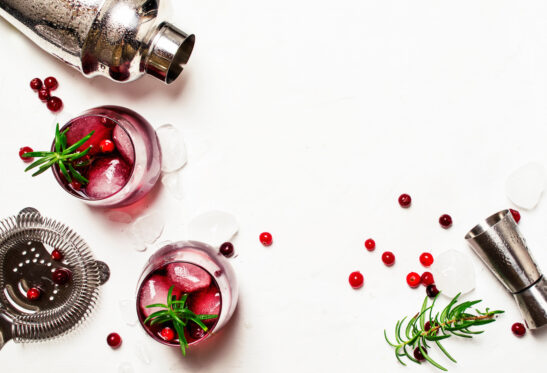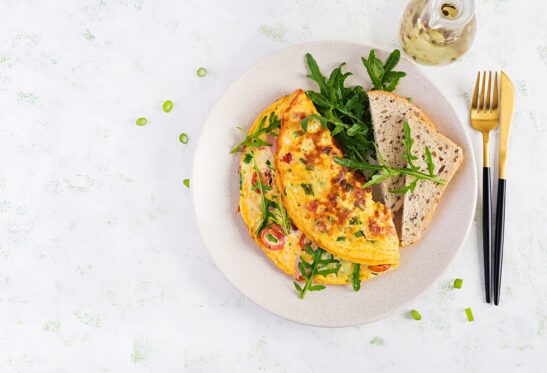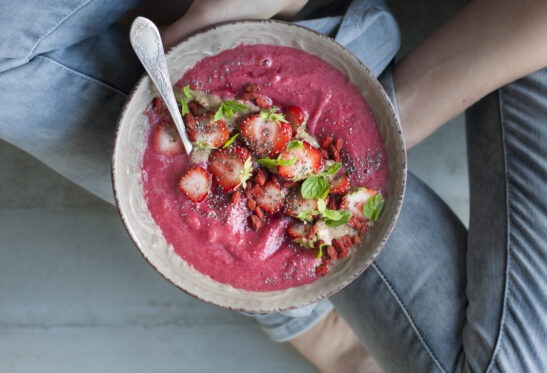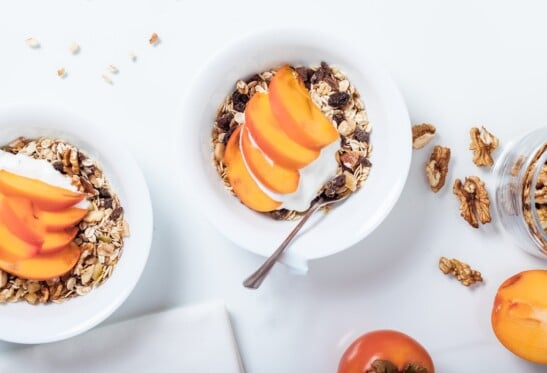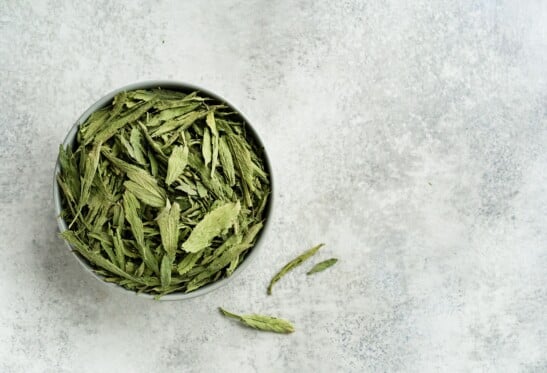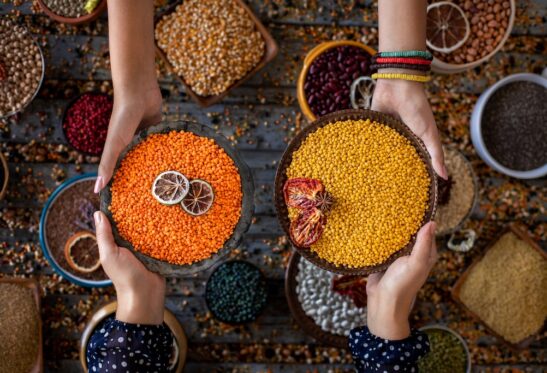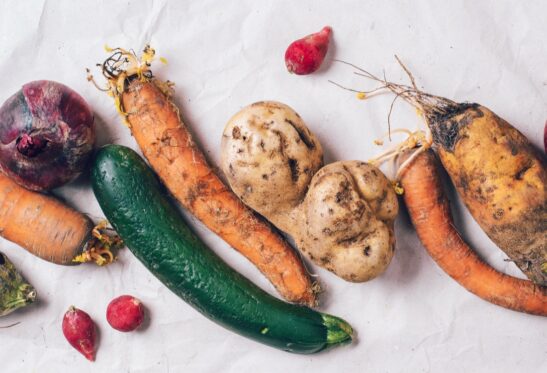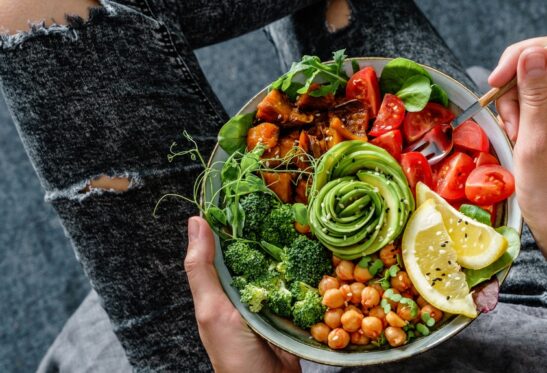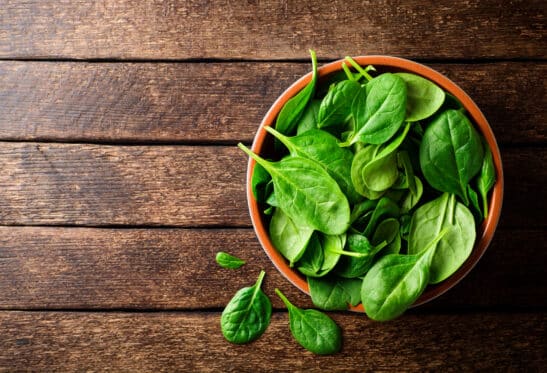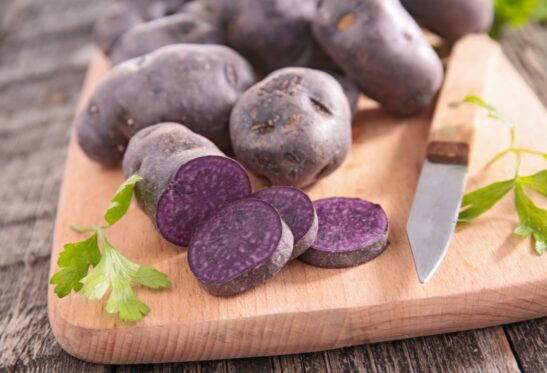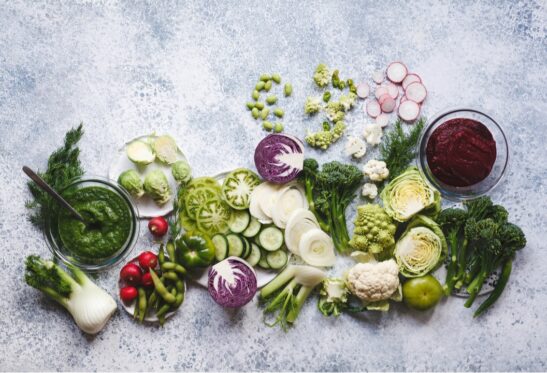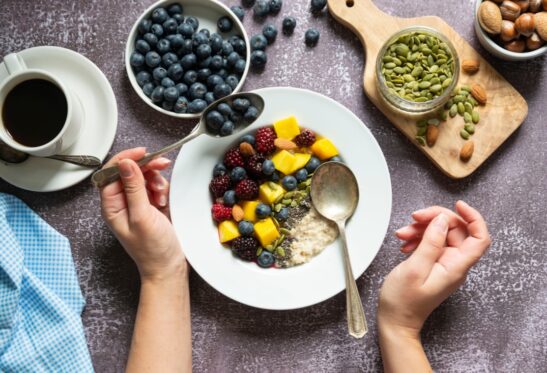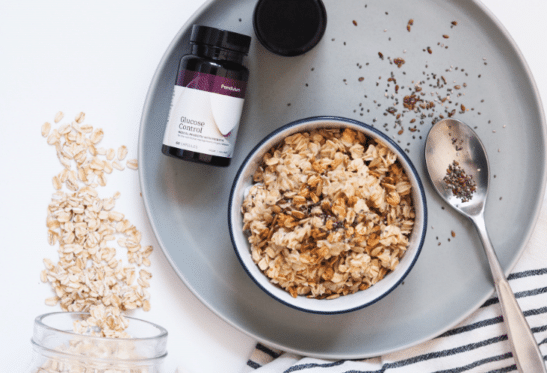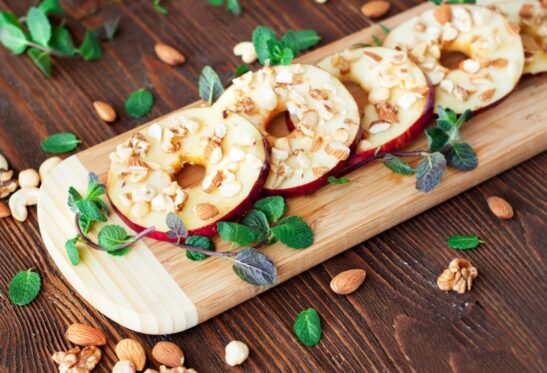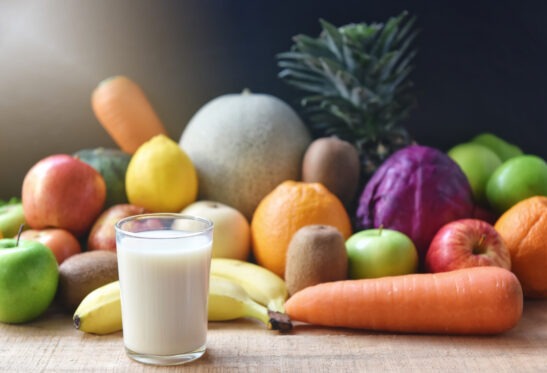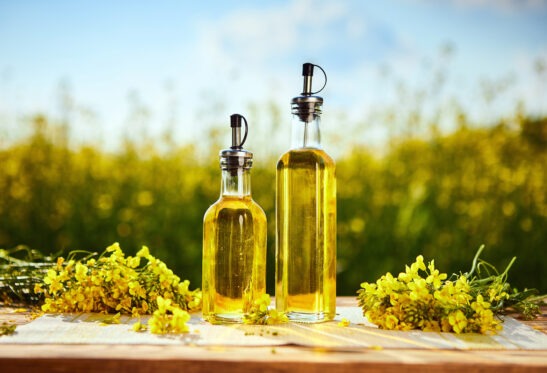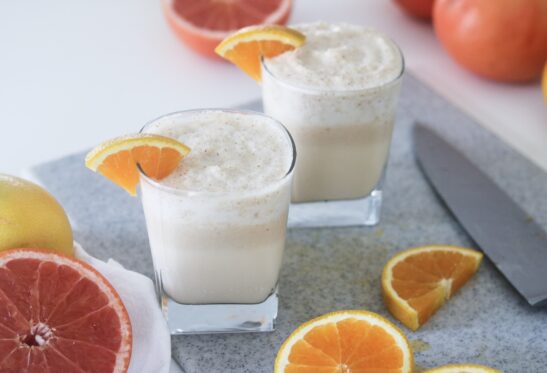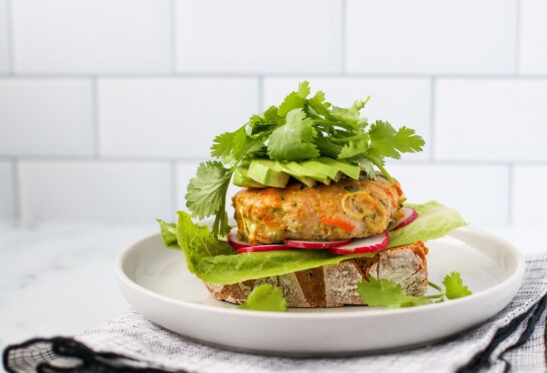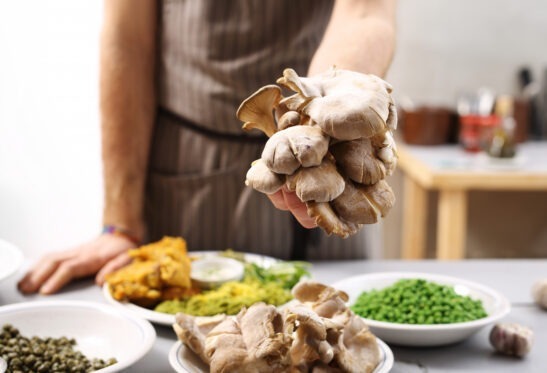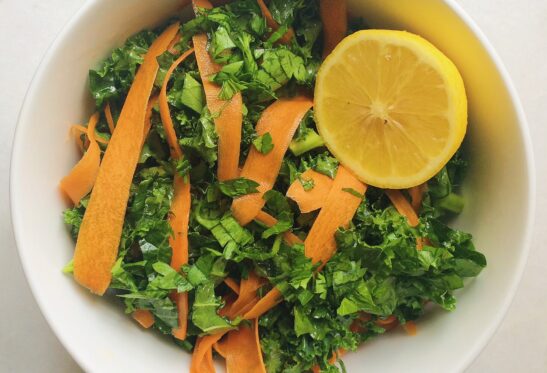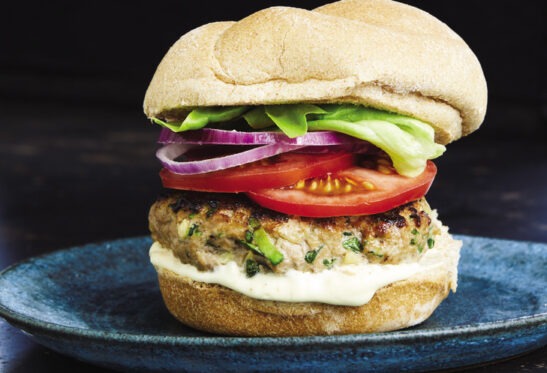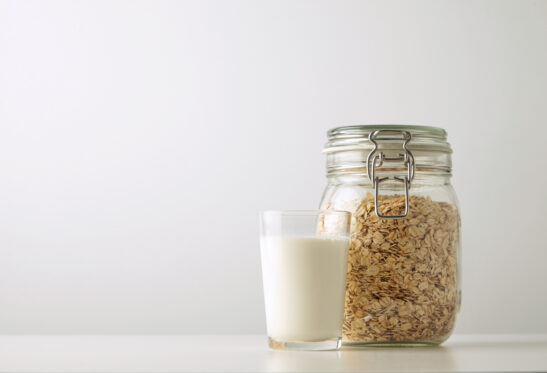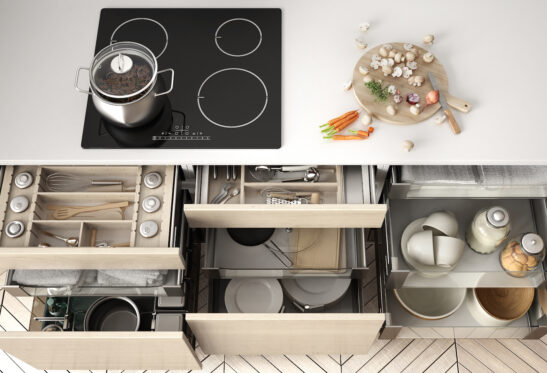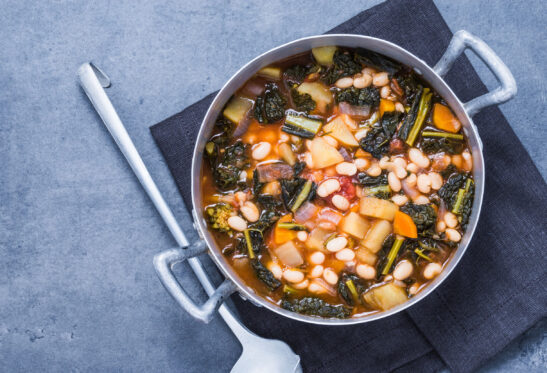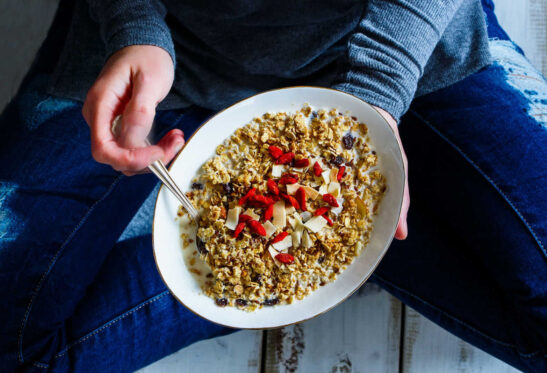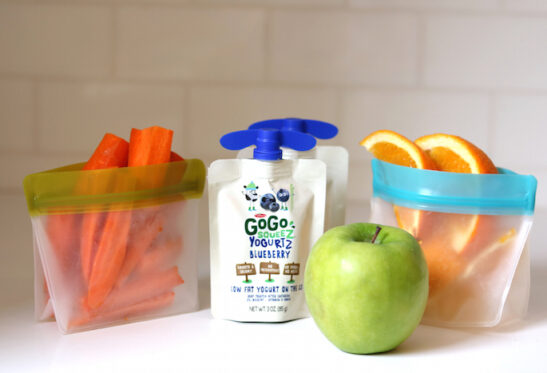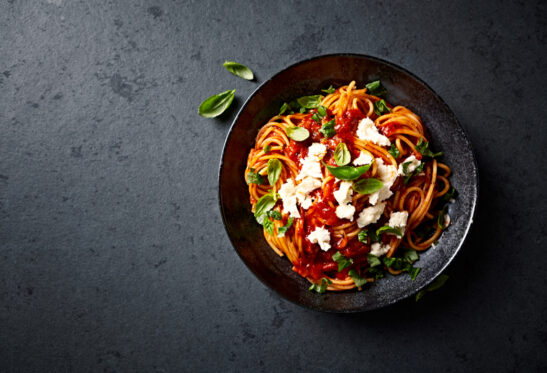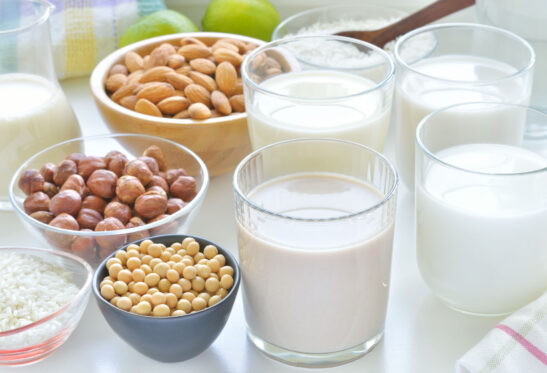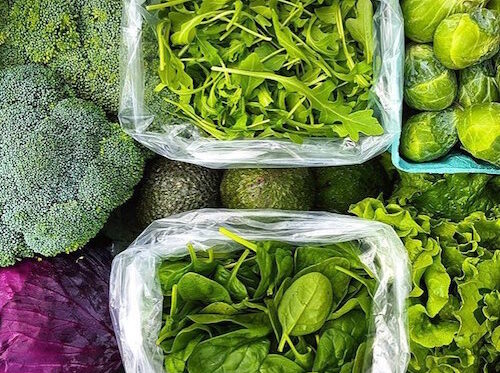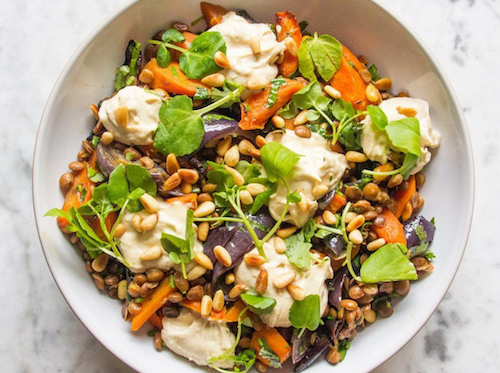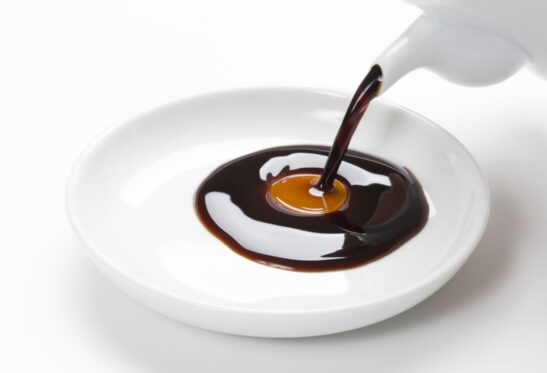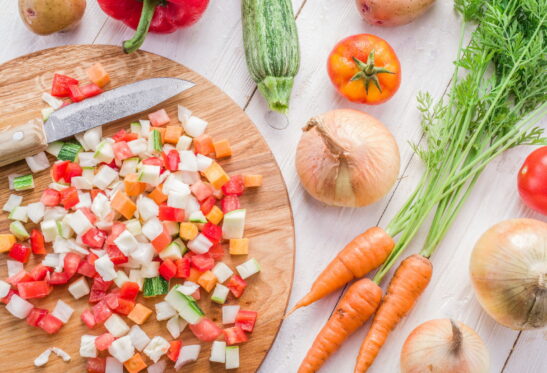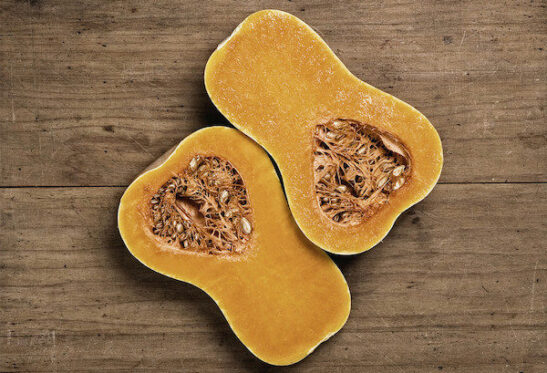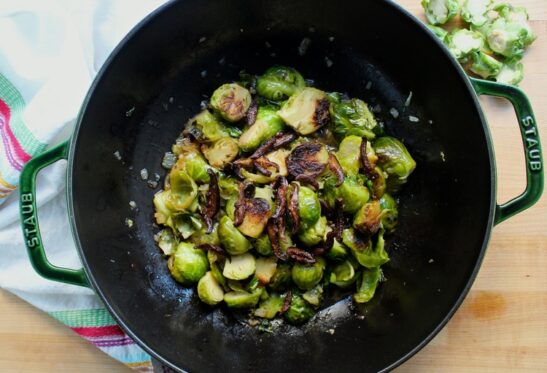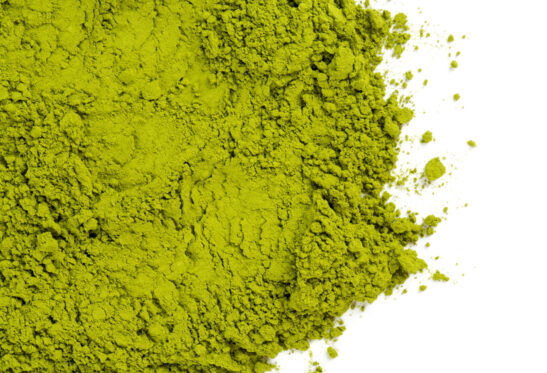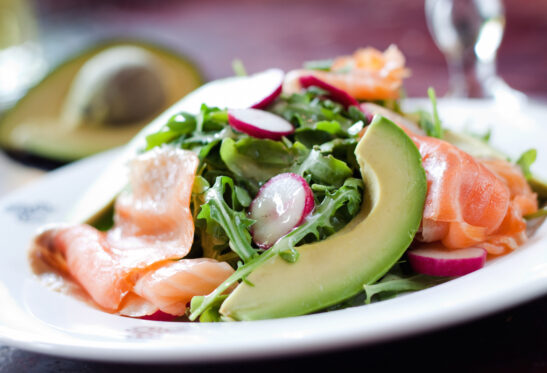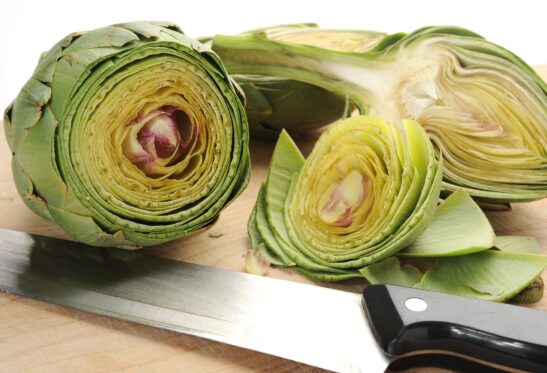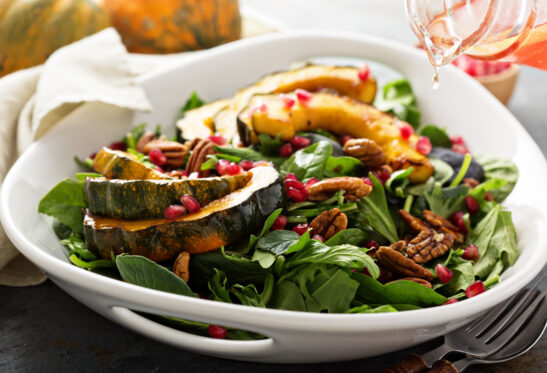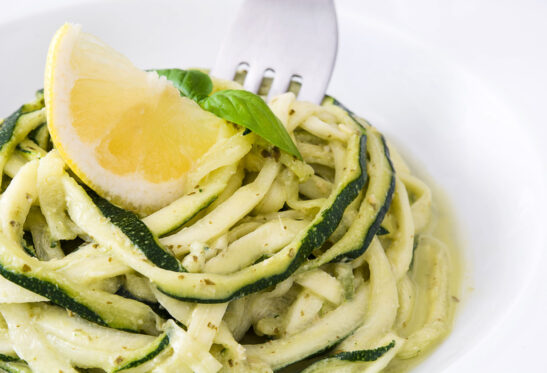 Eat Empowered
Eat Empowered  Inflammation
Inflammation  Sugar
Sugar
Inflammation Explained: What It Is and How It Affects Your Health
Home » Eat Empowered » Inflammation » Inflammation Explained: What It Is and How It Affects Your Health
Q: Everyone talks about inflammation as the cause of so many health issues, but it’s hard to know what it really is. Can you explain?
A: Like the term antioxidant, “inflammation” is a buzzword that gets thrown around a lot. When you hear it everywhere, the actual meaning gets lost.
Essentially, inflammation is the body’s reaction to stress—like an alarm bell alerting all of your cells to a problem that needs to be fixed, stat.
That stress can come from your diet, lifestyle, environment or an infection. When you catch a cold, inflammation is your body’s way of fighting it off. When you cut your skin, inflammation is the way it heals itself. Short-term inflammation is helpful, but too much of a good thing (when that alarm gets sooo loud and won’t turn off) can turn into a bad thing—and that’s the kind that everyone is talking about.
Prolonged, chronic inflammation is linked to heart disease, obesity, diabetes and just about every other chronic disease that can have severe, life-threatening consequences. It’s also related to the foods that we eat, and knowing which foods cause inflammation, and which foods fight it, is one of the best strategies to reduce chronic inflammation and stay healthy.
The Science of Inflammation
OK, let’s geek out a little.
White blood cells (leukocytes) are soldiers in the immune system’s army and are always on the lookout for invading microorganisms and foreign particles—called antigens—such as chemicals, viruses and bacterial toxins.
When they detect an invader, they launch an attack protocol. First, they produce antibodies, which are proteins that can directly attack and eliminate antigens. Antibodies can also activate other proteins to promote inflammation, which helps prevent the infection from spreading. Each kind of antibody is unique and specific to one type of antigen, or invader.
When this process happens on a short-term basis, it’s called acute inflammation. During acute inflammation, leukocytes and plasma proteins, such as antibodies, are sent to sites of infection or tissue injury. This process results in visible symptoms like redness, swelling, heat and pain. Eventually, the protective response works, the invader is eliminated, the tissue returns to normal and the symptoms go away.
However, if the invader persists or the normal process of healing doesn’t work, the acute inflammation may not resolve the problem. Instead, it turns into chronic inflammation, a prolonged condition in which inflammation, tissue injury, and attempts at repair exist together, with no solution in sight. It’s like there are too many cooks in the kitchen trying to fix the problem, and more keep coming and adding their dirty dishes to the pile in the sink. The result is pure distress.
Chronic inflammation appears to underlie most, if not all, chronic diseases including cardiovascular disease, Type 2 diabetes, chronic kidney disease, Alzheimer’s, and cancer.
How to Minimize Inflammation
Excessive stress, poor dietary habits, environmental toxicity, lack of sleep, and lack of exercise all contribute to low levels of chronic inflammation that often go undetected and can slowly build up for many years. This buildup is what will eventually lead to the development of chronic disease.
Though there are many things you can do to prevent this from happening, eating well is a great place to start. That includes maintaining a healthy weight and avoiding foods that contain trans fat, excess sodium, added sugar, nitrates and preservatives. On the flip side, you can fill your plate with foods that contain inflammation-fighting nutrients. Think antioxidants like vitamin C and beta carotene, curcumin in turmeric, and cinnamaldehyde in cinnamon, plus organosulfur compounds in garlic and onions, and omega-3 fatty acids.
It’s important to remember that many foods have a number of different components that make them anti-inflammatory, not just one. This is why it’s so important to get these nutrients from whole foods first. And those same healthy whole foods will also keep you at a healthy weight, provide brainpower and help you sleep, among other benefits.
The Nutritious Life Editors are a team of healthy lifestyle enthusiasts who not only subscribe to — and live! — the 8 Pillars of a Nutritious Life, but also have access to some of the savviest thought leaders in the health and wellness space — including our founder and resident dietitian, Keri Glassman. From the hottest trends in wellness to the latest medical science, we stay on top of it all in order to deliver the info YOU need to live your most nutritious life.
RECENT ARTICLES

Want a sneak peek inside the program?
Get FREE access to some of the core training materials that make up our signature program – Become a Nutrition Coach.
Get Access"*" indicates required fields



























































